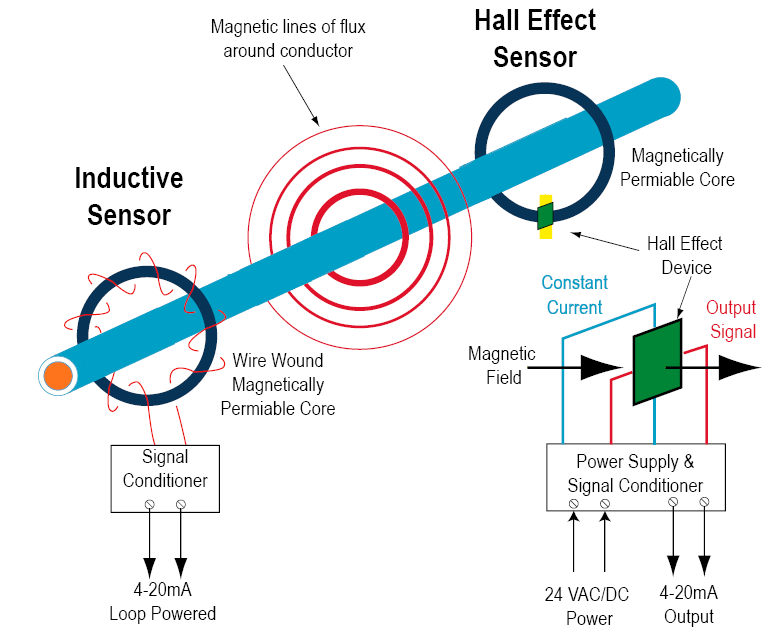Designing A Temperature Sensor Presentation
| Introduction - A temperature sensor is an electronic device that measures the temperature of its surroundings. - It is crucial in various applications such as weather monitoring, industrial processes, and home automation systems. - Designing an accurate and reliable temperature sensor requires careful consideration of the following factors: | ||
|---|---|---|
| Sensing element selection. Signal conditioning circuitry. Calibration and accuracy. |  | |
| 1 | ||
| Sensing Element Selection - The sensing element is the core component of the temperature sensor. - Commonly used sensing elements include thermocouples, resistance temperature detectors (RTDs), and thermistors. - Factors to consider when selecting a sensing element include: | ||
|---|---|---|
| Temperature range and accuracy requirements. Sensitivity and response time. Environmental factors such as vibration, humidity, and corrosive substances. |  | |
| 2 | ||
| Signal Conditioning Circuitry - Signal conditioning circuitry is responsible for amplifying, filtering, and linearizing the output signal from the sensing element. - Some key considerations for signal conditioning circuitry are: | ||
|---|---|---|
| Amplification and gain adjustment. Noise reduction and filtering techniques. Linearization methods to compensate for non-linear behavior of the sensing element. |  | |
| 3 | ||
| Calibration and Accuracy - Calibration ensures that the temperature sensor provides accurate and reliable readings. - Key aspects of calibration and accuracy include: | ||
|---|---|---|
| Reference temperature standards for calibration. Compensation for any inherent errors or drifts. Regular calibration intervals to maintain accuracy over time. |  | |
| 4 | ||
| Packaging and Environmental Considerations - Packaging plays a crucial role in protecting the temperature sensor from external influences and ensuring its long-term stability. - Packaging considerations include: | ||
|---|---|---|
| Enclosure material selection for durability and resistance to temperature extremes. Protection against moisture, dust, and other contaminants. Thermal insulation or conduction methods to minimize heat transfer from the environment. |  | |
| 5 | ||
| Conclusion | ||
|---|---|---|
| Designing a temperature sensor requires careful consideration of the sensing element, signal conditioning circuitry, calibration, and packaging. By understanding these factors and addressing them appropriately, a temperature sensor can provide accurate and reliable measurements for various applications. Continuous monitoring and periodic calibration are essential to maintain the sensor's accuracy over time. | ||
| 6 | ||
